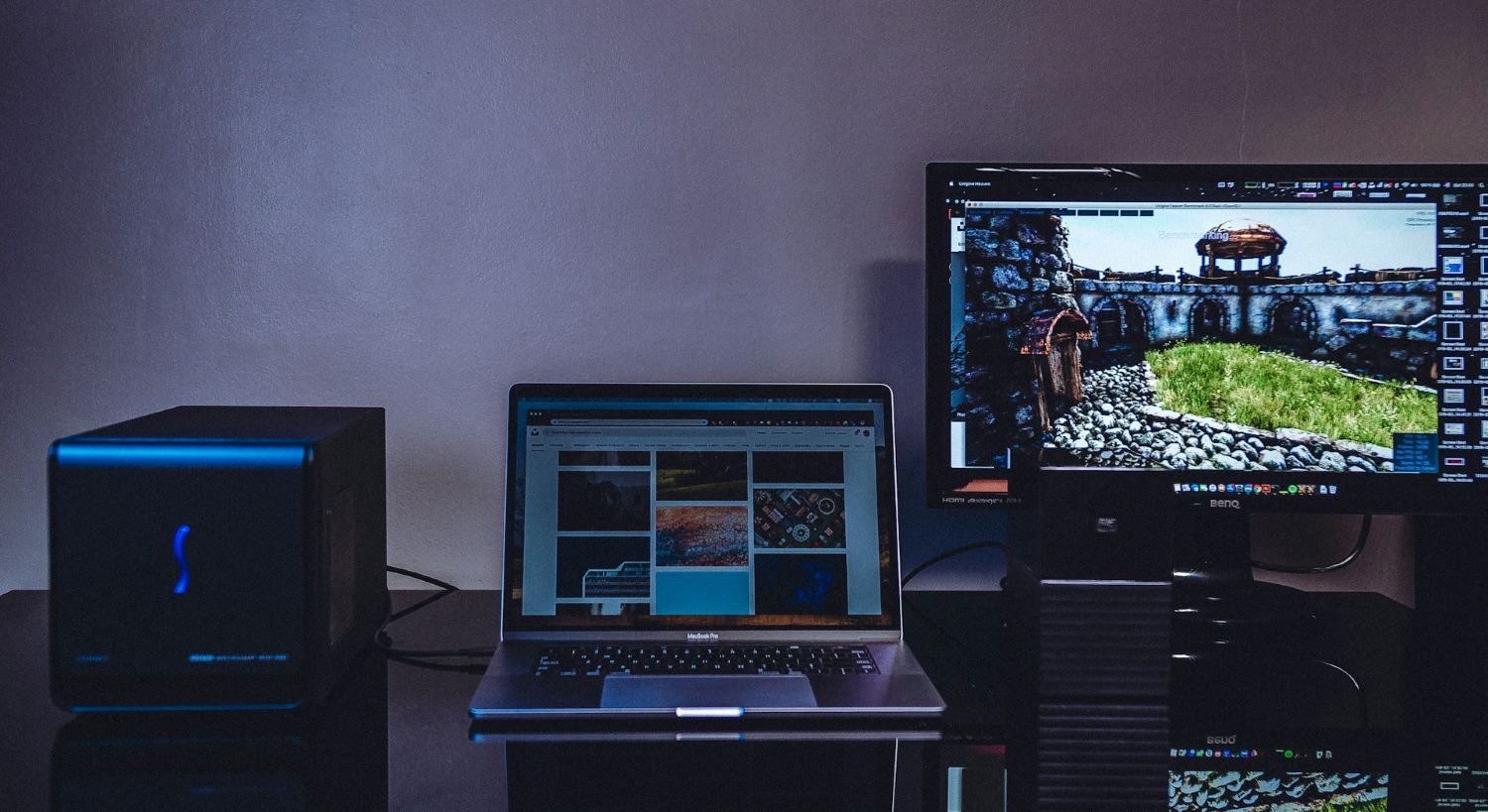Slow-loading images and videos can make even the best-looking website feel frustrating. For developers, speeding up media downloads isn’t just a nice-to-have—it’s a must.
Whether you’re building a portfolio, an e-commerce site, or a content platform, fast media performance means smoother experiences and happier users. Tools like tiktok video downloader can also help streamline media handling when working with large files or external sources.
Every extra second of load time can push people away. But the good news is, there are simple ways to fix that. With a few smart changes, you can dramatically cut download times without sacrificing quality.
✅ Quick Summary
- Compress media files to reduce size without hurting quality.
- Use modern image formats like WebP or AVIF for better performance.
- Lazy load images and videos so they only load when needed.
- Store media on CDNs to speed up delivery across the globe.
- Serve the right image size depending on screen size (responsive images).
- Enable browser caching to avoid re-downloading files.
Why media optimization matters
Images, videos, and audio files make websites more engaging. But they’re also heavy. A single high-resolution photo can weigh more than the rest of your page combined. If your site is slow, users bounce. And if users bounce, conversion rates drop.
Most of the time, people are browsing on their phones or slower connections. They won’t wait. Optimizing media helps make sure your website feels fast no matter where or how someone visits.
Let’s go through how you can make that happen—without getting overwhelmed.
Compress without ruining quality
The easiest way to speed up media downloads is to shrink your files. But you don’t want blurry or pixelated images. There are tools that reduce file size while keeping quality high enough that no one will notice. Even better, they’re free.
Always aim to keep your image files under 200KB if you can. For videos, try trimming unnecessary parts and keeping resolution at a reasonable level. Not every clip needs to be 4K.
Choose the right file format
Older image formats like JPEG and PNG are widely used, but they’re not always the most efficient. WebP and AVIF offer much smaller file sizes for the same quality.
| Format | Best For | Pros | Cons |
|---|---|---|---|
| JPEG | Photos | Widely supported | Larger file sizes |
| PNG | Graphics | Good for transparency | Big files |
| WebP | Photos & graphics | Smaller size, good quality | Not supported in very old browsers |
| AVIF | Photos & graphics | Even smaller than WebP | Slower to encode, newer format |
Switching to WebP or AVIF can cut file sizes in half. That’s a big win for performance.
Lazy loading saves bandwidth
Why load all images and videos right away if the user hasn’t scrolled that far yet? Lazy loading means media only loads when it’s needed.
This small tweak reduces initial load time and gives users a faster first impression. It’s especially helpful on pages with lots of images, like blogs or product galleries.
Let CDNs do the heavy lifting
A Content Delivery Network (CDN) stores copies of your media files in servers around the world. When someone visits your site, they get the content from a server that’s physically closer to them.
That means faster load times—no matter where your users are.
Popular CDNs include:
- Cloudflare – Easy to set up and includes free image optimization and DDoS protection.
- Amazon CloudFront – Works well with AWS services and offers fine control over caching behavior.
- Google Cloud CDN – Great for sites hosted on Google Cloud with seamless global delivery.
- Fastly – Known for real-time updates and strong developer tools for customizing performance.
Most CDNs also offer built-in optimizations like image resizing and compression. That’s less work for you, and better performance for your users.
Use responsive images for different screens
A large desktop image doesn’t belong on a mobile phone. But if you don’t set things up correctly, that big image still gets downloaded—wasting time and data.
<img
src="image-large.jpg"
srcset="image-small.jpg 480w, image-medium.jpg 768w, image-large.jpg 1024w"
sizes="(max-width: 600px) 480px, (max-width: 900px) 768px, 1024px"
alt="Responsive example" />
This helps users on mobile see fast-loading images without hurting the experience on larger screens.
Keep media in the browser’s memory
Once a file is downloaded, there’s no need to fetch it again. Caching tells the browser to save the file locally and reuse it next time.
You can set caching rules in your server or through your CDN. Here’s a basic example for Apache:
<IfModule mod_expires.c>
ExpiresActive On
ExpiresByType image/jpeg "access plus 1 year"
ExpiresByType image/png "access plus 1 year"
</IfModule>
This reduces repeated downloads and speeds up repeat visits.
Bonus tips for developers
If you want to go even further, here are some developer-focused extras:
- Preload key images or fonts using
<link rel="preload"> - Use image CDNs like Imgix, Cloudinary, or ImageKit to automate optimization
- Analyze with tools like Lighthouse, WebPageTest, or GTmetrix
- Implement adaptive streaming (like HLS or DASH) for large video files
Also, consider setting up a “fallback image” for slow connections. This is a lightweight version of an image that shows up while the full one is still loading. You can use srcset or background images in CSS to handle this. It’s a small trick that improves the experience for users on slower networks.
Keep It Fast, Keep It Friendly
Speed doesn’t just impress—it keeps people coming back. Optimizing media downloads is one of the easiest ways to make your site feel snappy and smooth. Whether you’re just getting started or fine-tuning an existing project, these simple changes can have a big impact.
Keep things light, smart, and fast. Your users will thank you.

No Responses